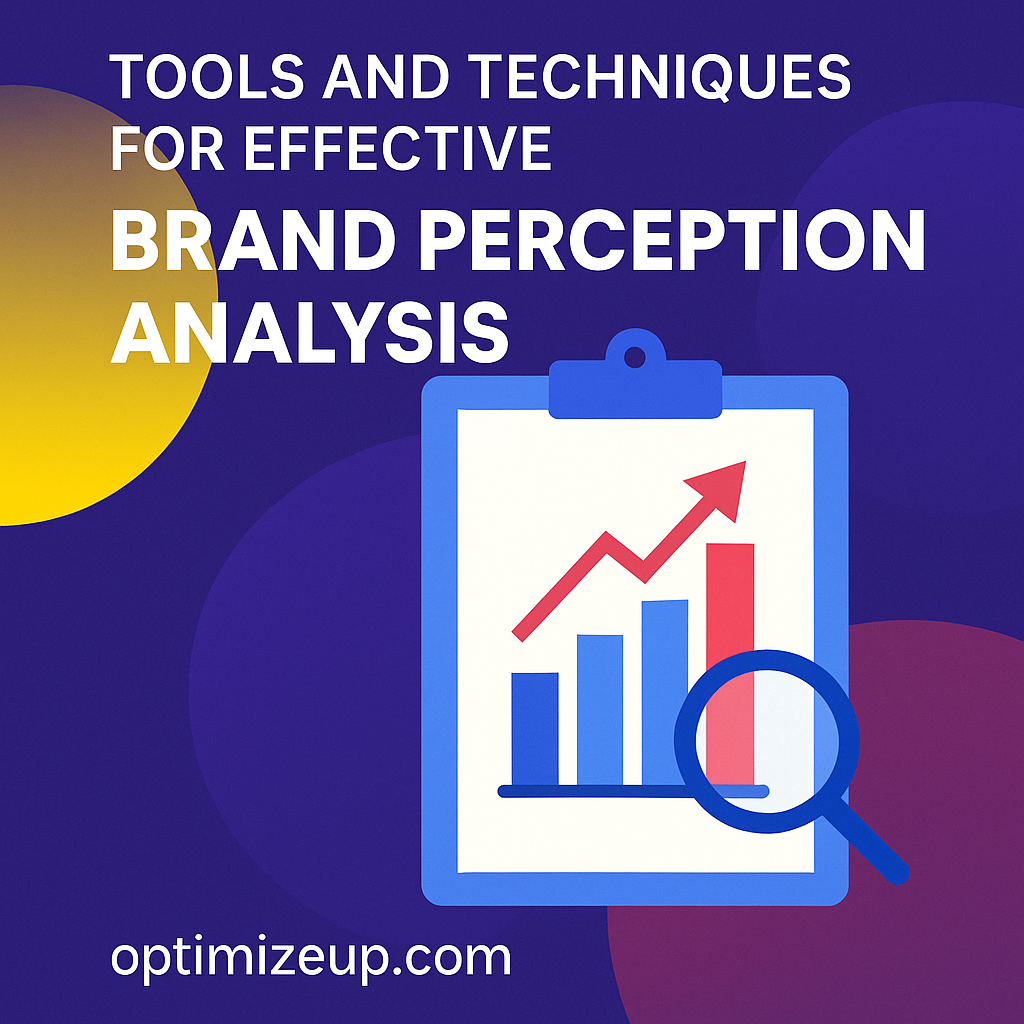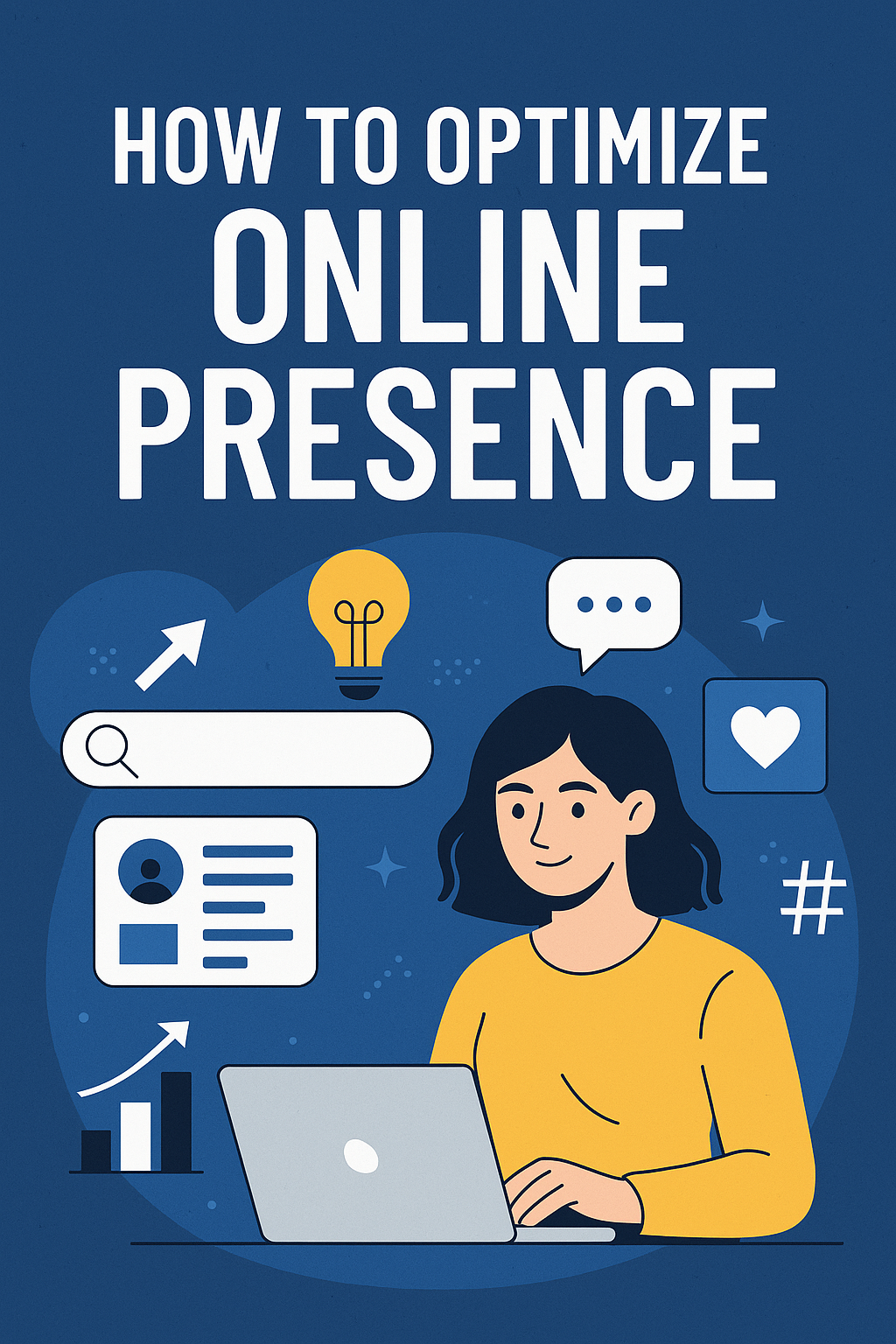Why Brand Perception Analysis Is Vital
Brand perception refers to how consumers feel, think, and speak about your business. While marketing shapes brand messaging, perception lives in the minds of your audience. A brand may portray itself as innovative, yet customers might see it as outdated or impersonal.
Poor brand perception can lead to:
- Decreased customer trust
- Lower engagement and retention
- Reduced brand equity
- Declining word-of-mouth referrals
Effective brand perception analysis reveals how aligned your messaging is with real-world sentiment—and where corrective action is needed.
Additionally, strong brand perception helps:
- Justify premium pricing
- Boost customer loyalty
- Attract top talent
- Improve crisis resilience
- Enhance investor confidence
Perception is brand equity in motion. Your reputation walks into the room before you do.
Key Metrics That Define Brand Perception
Understanding the data behind public perception is the first step. Here are essential metrics to monitor:
- Net Promoter Score (NPS): Measures customer loyalty via likelihood of recommendation
- Brand Sentiment: Evaluates positivity, neutrality, or negativity in public mentions
- Share of Voice (SOV): Compares your brand visibility to competitors across channels
- Customer Satisfaction Score (CSAT): Short-term satisfaction with products or interactions
- Engagement Metrics: Likes, shares, comments, and reviews as indicators of resonance
- Brand Recall & Recognition: Measured through surveys and unaided awareness
- Emotional Connection Score: Often derived from advanced sentiment models and AI analysis
- Customer Lifetime Value (CLTV): Indicates how perception affects long-term loyalty
- Online Review Trends: Volume and average rating across major platforms
When analyzed together, these metrics provide a 360-degree view of your brand’s perceived identity.
Survey-Based Methods to Measure Brand Perception
1. Brand Perception Surveys
Ask respondents:
- What words come to mind when you think of our brand?
- How would you describe our brand to a friend?
- What feelings does our brand evoke?
- How do we compare to competitors?
- What would you improve about our brand?
Segment responses by age, geography, job role, or purchase frequency for more granular insights.
2. Customer Satisfaction (CSAT) and Net Promoter Score (NPS)
Embed these into product checkouts, support tickets, or loyalty programs.
On a scale from 1–10, how likely are you to recommend us to a friend?Interpretation:
- Detractors: 0–6
- Passives: 7–8
- Promoters: 9–10
NPS = % Promoters – % Detractors
3. Focus Groups and Interviews
Conduct live sessions to capture raw emotional feedback and clarify perceptions.
Tips for success:
- Ask open-ended questions
- Observe body language and tone
- Include both current customers and lost prospects
Online and Social Listening Tools
Track brand mentions in real-time using specialized monitoring platforms:
1. Brandwatch
- Social and web monitoring with advanced AI analysis
- Visual dashboards and trend alerts
- Ideal for enterprise-level insight gathering
2. Talkwalker
- Global sentiment analysis and trend prediction
- Tracks conversations in over 180 languages
- Built-in crisis detection engine
3. Mention
- Great for real-time alerts
- Monitors blogs, news, forums, and social
- Offers influencer and competitive benchmarking
4. Sprout Social
- Sentiment tagging for social media
- Combines engagement with listening dashboards
- Good for marketing and support teams
5. Google Alerts (Free)
- Basic mention tracking
- Easy to set up and use
- Limited sentiment capabilities but good for small brands
Use these tools to build listening dashboards categorized by product, region, sentiment, or competitor.
Semantic and Sentiment Analysis Using AI
Advanced AI tools now allow you to uncover deeper insights into how people feel about your brand:
- IBM Watson Natural Language Understanding: Sentiment, emotion, and keyword extraction
- Lexalytics: Text analytics and industry-specific insights
- MonkeyLearn: Easy-to-use machine learning tools for analyzing survey responses and reviews
- Thematic: Analyzes open-ended feedback at scale with machine learning
AI can detect:
- Emotional tone (joy, anger, trust, fear)
- Emerging topics and co-occurring themes
- Shifts in sentiment over time or after product changes
Review and Feedback Aggregators
1. Trustpilot & G2
- Collect structured reviews
- Showcase overall satisfaction trends
- Benchmark against competitors
2. Google Reviews & Yelp
- Critical for local businesses
- Publicly accessible perception indicators
- Influence SEO and customer trust
3. App Store and Play Store Reviews
- Essential for app-based brands
- Provide UX and brand perception insights directly from users
4. Glassdoor & Indeed
- Reveal internal brand perception among current and former employees
- Help identify disconnects between external branding and internal culture
Responding professionally to negative reviews helps improve perception while uncovering issues to address.
PR and Media Sentiment Tools
Monitor public perception through media and PR coverage:
- Meltwater: Tracks online news, broadcast, and print with sentiment scoring
- Cision: Provides PR performance analytics and media contact databases
- Newswire: Identifies journalist tone and publication reach metrics
Analyze the tone and reach of media mentions to identify how journalists and editors view your brand.
Visual Identity and Brand Design Audits
Your brand visuals also shape perception. Assess:
- Logo recognition
- Consistency across platforms
- Visual sentiment (color psychology, font choices)
- Brand style guide adherence
- Design accessibility and mobile-friendliness
Use feedback tools like UsabilityHub, Lookback.io, or Maze for remote testing.
Visual sentiment analysis is often overlooked, yet it profoundly influences subconscious associations with your brand.
Actionable Steps to Improve Brand Perception
- Align Brand Messaging
- Compare your mission/vision against audience perceptions
- Clarify your brand voice and values
- Respond to Feedback Transparently
- Thank positive reviewers publicly
- Address negative comments without defensiveness
- Demonstrate actual changes based on feedback
- Humanize the Brand
- Show team members and behind-the-scenes stories
- Use real photos instead of stock images
- Support causes that resonate with your audience
- Leverage Influencer and User-Generated Content
- Share authentic testimonials
- Partner with micro-influencers in niche communities
- Invest in Experience
- Smooth onboarding and intuitive UI/UX
- Delightful customer service
- Transparent policies and fast resolution channels
- Close the Feedback Loop
- Let users know their opinions led to change
- Celebrate customer stories and product evolution
How Optimized Up Supports Brand Perception Strategy
At Optimized Up, we specialize in helping businesses decode and reshape brand perception. Whether you’re a startup or an established name, our services provide clarity and control over how your audience views you.
Our Services Include:
- Brand perception audits
- Social and review sentiment analysis
- Messaging and positioning strategy
- Search engine suppression and reputation repair
- Visual brand consistency consulting
- Competitor benchmarking and SOV monitoring
- Review generation and response campaigns
Contact Optimized Up to start shaping your brand narrative with data-backed strategies.
FAQ: Analyzing Brand Perception
Ideally, every quarter or after major campaigns. Continuous monitoring helps avoid reputational blind spots.
Start with Google Alerts, social listening via Mention’s free tier, and survey tools like Google Forms.
Absolutely. With strategic messaging, improved service, and transparent responses, brands can shift perception over time.
It’s improving with AI. However, human review is often needed to interpret sarcasm, slang, or mixed emotions.
It depends on the current reputation and strategies used, but consistent brand alignment efforts show results in 3–6 months.
MLA Citations:
Brandwatch. “Social Media Listening and Analytics Platform.” Brandwatch, https://www.brandwatch.com/
Talkwalker. “Consumer Intelligence Platform.” Talkwalker, https://www.talkwalker.com/
Sprout Social. “Listening Tools for Social Media.” Sprout Social, https://sproutsocial.com/
Google. “Set Up Alerts.” Google Alerts, https://www.google.com/alerts
Typeform. “Survey Tools for Brand Feedback.” Typeform, https://www.typeform.com/
IBM. “Natural Language Understanding with Watson.” IBM, https://www.ibm.com/watson/products-services/natural-language-understanding
UsabilityHub. “Remote User Testing.” UsabilityHub, https://usabilityhub.com/
Glassdoor. “Company Reviews & Ratings.” Glassdoor, https://www.glassdoor.com/





